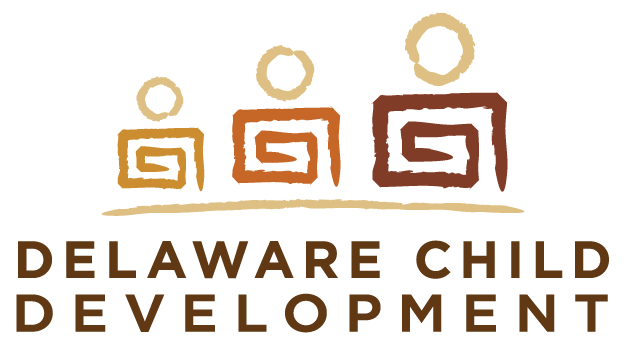Learning and Development
The learning environment is key to children’s learning and gives them the space, materials, and opportunity to learn and practice new skills.
Interest areas are thoughtfully designed areas. Learning is an interactive process, and children learn through doing. The environment in which children play and learn provides them with opportunities to explore and interact with a variety of inviting activities and materials and is based on each child’s individual interests and needs.
Researchers agree that young children under two years old should not watch television or other screens. During this time of rapid brain development, children need activities that promote language development and brain growth such as interaction with others and hands-on activities.
Children learn from outdoor play as well. Fun and interesting outdoor interest areas can include experiences that are sometimes too messy for indoors, such as sand and water tables and some art activities. In the heat of summer, a rug and basket of books placed under a shade tree is a cozy spot for reading to children.
High-quality early learning and out-of-school time environments include the use of developmentally appropriate curriculum and learning spaces based on individual children’s needs and interests. Daily schedules are written timetables of events that show what is supposed to happen throughout the day. Lesson plans are the basic plan for the day and help teachers select, plan, and organize activities, projects, and equipment appropriate for the ages, development, and interests of children in their care.





